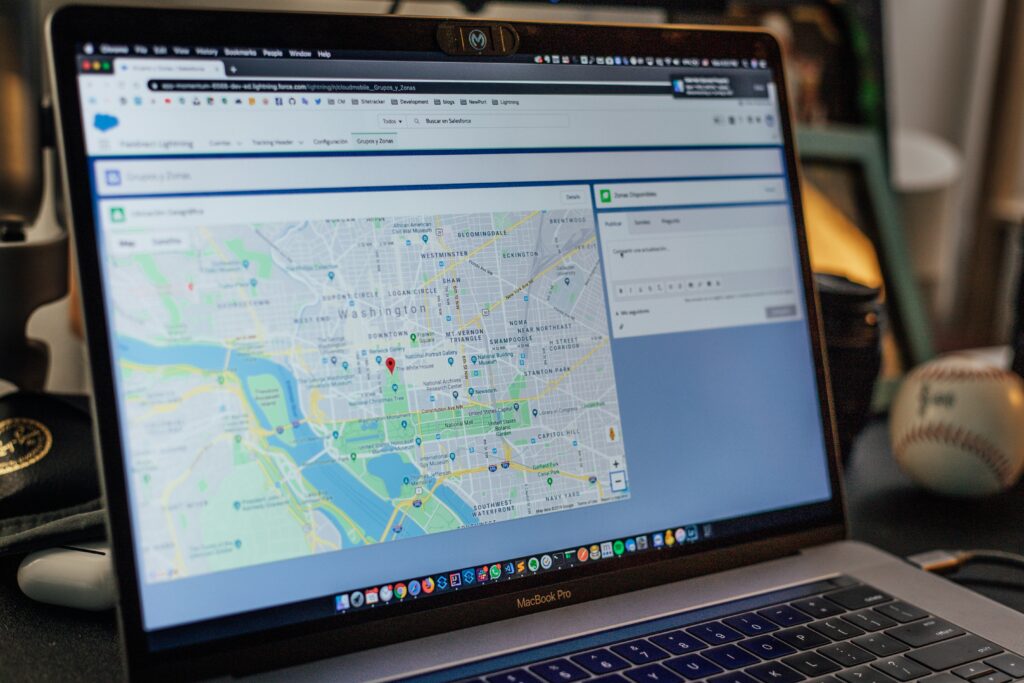The COVID-19 pandemic kept millions of people in their homes through most of 2020 and into 2021. People who would otherwise visit a doctor in person are looking for virtual visits and online consultations instead. The field of telemedicine was already growing before the pandemic, but rates of patients looking into Telehealth options shot up as more people took advantage of this option. If you are considering using Telehealth services, get all of your questions answered about how it works and why it is useful.
The basics of telemedicine.
Before you can understand how telemedicine can benefit you, it helps to know what this concept entails. Instead of scheduling an appointment with an in-person doctor, patients set up remote appointments that will be handled through a video call. The doctor will ask the patient questions and (in some cases) ask to see problematic areas up close. For example, a patient might hold up their arm to the camera if they have an unidentified rash.
Doctors can either make diagnoses over the video call or send patients to an in-person specialist (like an oncology specialist) for a second opinion. Doctors can also prescribe medication through Telehealth calls and patients can pick up their prescriptions at their local pharmacy, regardless of where the doctor lives. This process is more convenient for patients in rural areas and those who cannot leave the house.
Telehealth professionals can help with long-term care.
While the use of telemedicine may have grown significantly because of the current COVID-19 public health emergency, this treatment option has the power to last long after the pandemic ends. Telehealth can be used for short-term issues as well as long-term treatment.
For example, during their testing process, there have been multiple accidents involving Google’s self-driving vehicles and human drivers or pedestrians. While the paramedics will respond in Mountain View and take the patient to a hospital, they may need long-term physical therapy appointments or talk therapy to overcome the trauma. Instead of taking an Uber to the hospital or locating public transit, patients can log-in for their physical therapy with a Telehealth appointment. They may only need to come into the facility a few times. This reduces stress and makes the process more convenient.
Know that your data is protected.
Telemedicine wouldn’t be possible without secure data centers and cybersecurity infrastructure protecting patient information. Many Telehealth companies use internal data event management tools or outsource their needs to specialists. These experts identify security incidents and block hackers before they are able to steal patient data. Telemedicine companies that use SOC as a service (cyberattack prevention and management) are just as effective as those with in-house teams. Both parties work to prevent vulnerabilities so all of your information remains confidential.
The field of telemedicine is growing.
As more patients find value in telemedicine visits, more medical professionals are turning to this service to help people get treatment and care. In the field of oncology, patients seek out cancer diagnoses from the best doctors across the country. Oftentimes, these patients can’t travel to in-person visits, especially if they live in different cities across the United States. Instead, patients can take advantage of cancer care telemedicine and get a second opinion or expert insight without leaving the house.
These virtual visits also help medical oncologists work together and form a national care team for patients. Doctors can share opinions and look for unique solutions to help patients beat cancer.
While the current public health emergency has rocked the lives of countless Americans, it has also brought telemedicine into the mainstream. Whether you need a consultation from an oncologist or therapy after an accident with an autonomous car without a human driver, the use of telemedicine visits may be the best option for your treatment process.

















